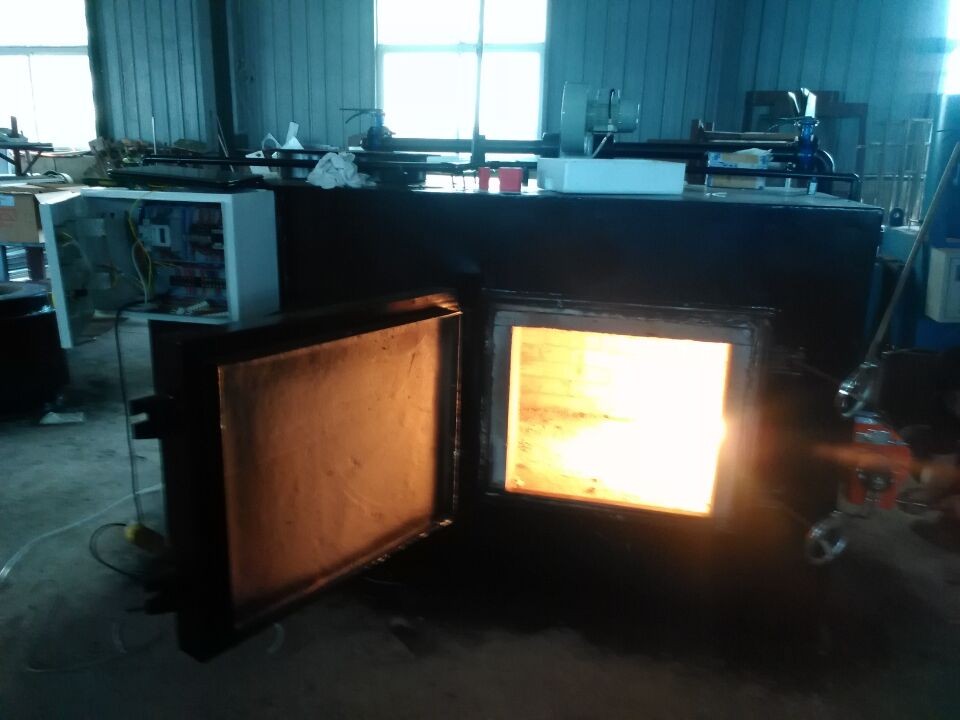If you are involved in waste management or industrial operations, you may find yourself needing to operate an incinerator. Incinerators are used to burn waste at high temperatures, converting it into ash, flue gas, and heat. Properly operating an incinerator is essential to ensure the safety and efficiency of the process. In this article, we will provide a step-by-step guide to operating an incinerator, outlining the essential manual for this crucial task.
Step 1: Safety Precautions
Before operating an incinerator, it is crucial to ensure that all safety precautions are in place. This includes wearing appropriate personal protective equipment, such as heat-resistant gloves, goggles, and a mask. It is also essential to check that the incinerator is in good working condition and that all safety mechanisms, such as emergency shut-off switches, are operational.
Step 2: Preparing the Incinerator
Before starting the incinerator, it is necessary to prepare it for operation. This includes ensuring that the waste feedstock is properly loaded into the incinerator. It is also crucial to check that the combustion chamber is clean and free of any obstructions. Additionally, the fuel source for the incinerator, such as natural gas or diesel, should be readily available and properly connected.
Step 3: Igniting the Incinerator
Once the incinerator is prepared, it is time to ignite the waste feedstock. This is typically done using a pilot flame or an electric ignition system. Care should be taken to ensure that the ignition process is performed safely and effectively. It is essential to monitor the incinerator during this phase and address any issues that may arise, such as a failure to ignite or a sudden increase in temperature.
Step 4: Operating the Incinerator
Once the incinerator is ignited, it is crucial to monitor and control its operation carefully. This includes regulating the temperature within the combustion chamber, maintaining proper airflow, and adjusting the waste feed rate as needed. It is also essential to monitor the emissions from the incinerator to ensure that they comply with environmental regulations.
Step 5: Shutdown and Maintenance
After the waste has been fully incinerated, it is essential to shut down the incinerator properly. This includes safely extinguishing the flames and ensuring that all residual heat is dissipated. Additionally, it is crucial to perform regular maintenance on the incinerator to ensure that it remains in good working condition. This includes cleaning the combustion chamber, inspecting the burners, and checking for any signs of wear or damage.
In summary, operating an incinerator requires careful attention to detail and adherence to safety procedures. By following this step-by-step guide, you can ensure that the incinerator operates safely and efficiently, providing an essential means of waste disposal and energy generation. As with any industrial process, it is crucial to stay informed about the latest developments in incinerator technology and regulations to ensure compliance and best practices.



